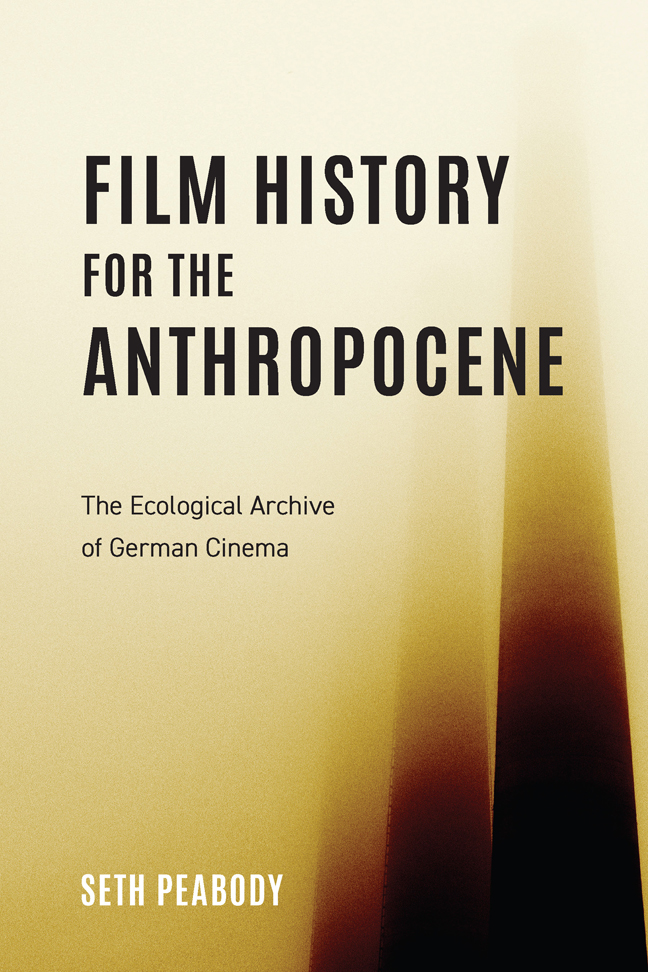Introduction. Filmic Worlds, Creativity, and Materiality, or: Welcome to the Anthropocene?
Published online by Cambridge University Press: 21 February 2024
Summary
“Welcome To The Anthropocene.” This ambivalent greeting is the title, and the final sentence, of a three-minute video that opened the 2012 United Nations Conference on Sustainable Development, also known as Rio+20. The video features a series of line graphs illustrating the accelerating rate of human impacts on the environment since the midtwentieth century, all superimposed over an image of the earth in space. The image zooms in and out to focus on various regions of the earth, with concentrations of light and networks of animated lines illustrating the various aspects of environmental change detailed in the voiceover and diagrams. The overt message of the film is that humans are altering their environment at an unprecedented and potentially catastrophic rate, but that time remains to change course. However, the fact that a film was chosen as the opening for the conference, the largest UN gathering that had ever been held, offers another message. The Anthropocene appears as a filmic phenomenon. The filmic medium combines the narrative power of text, the indexical authenticity of photography, and the dynamic possibilities of the moving image (to say nothing of digital manipulation), so that what initially appears as the standard “Blue Marble” image of the globe is set into motion. Film renders visible the long-term environmental consequences that are most often envisioned in abstract figures or hockey stick-shaped graphs.
Critics have emphasized the impact of such graphs and their contribution to popular-science presentations in promoting the concept of the Anthropocene as a dominant term in discourse about the environment. And certainly, the graphs and powerful words of the video command the viewers’ attention. But neither the graphs nor the ominous monologue serves as the final authority in this influential cultural product about the Anthropocene. The graphs disappear about two minutes into the film. For the final minute, the narrator describes the implications of her assertion that “we have entered the Anthropocene,” while the image shows only the earth, crisscrossed by fine hair-like lines illustrating the globalized networks of contemporary human society.
In the film's concluding moments, the authoritative voiceover declares: “Welcome to the Anthropocene.” The stern tone of this statement indicates that it is an unwelcome welcome, while the descending pitch of the vocal intonation and the slow, deliberate cadence provide added emphasis to these last words of the film.
- Type
- Chapter
- Information
- Film History for the AnthropoceneThe Ecological Archive of German Cinema, pp. 1 - 27Publisher: Boydell & BrewerPrint publication year: 2023



